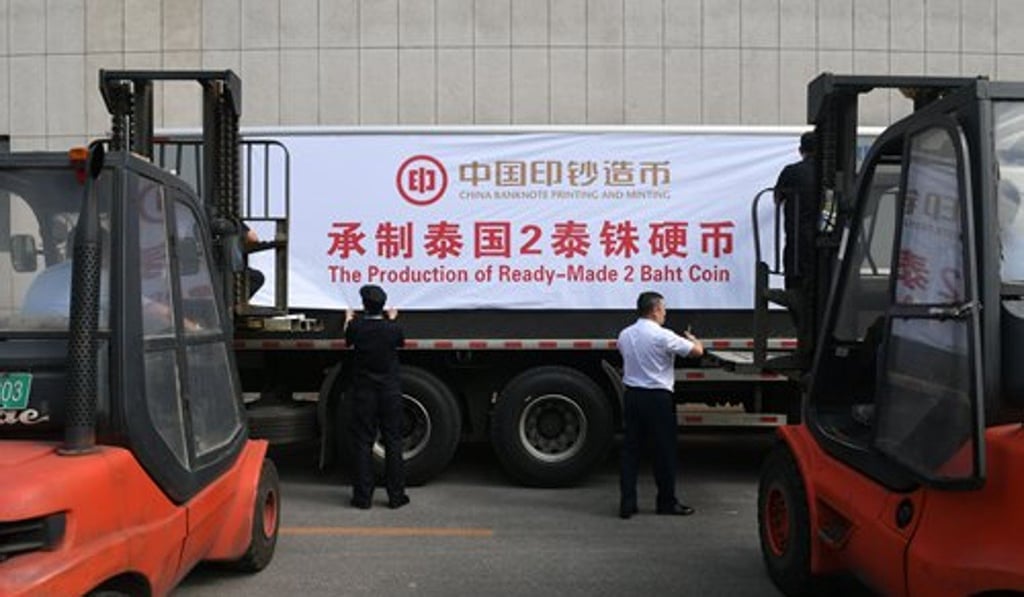Why other countries are giving China a licence to print money
Chinese state-owned firm winning contracts to print foreign currencies as country seeks to expand global reach and influence

China is printing foreign currencies on a massive scale as Beijing seeks to increase its influence on the world economy and geopolitics.
Multiple sources in the China Banknote Printing and Minting Corporation confirmed to the South China Morning Post last month that money production plants across the country were running at nearly full capacity to meet an unusually high quota set by the government this year.
Most of the demand comes from participants in the “Belt and Road Initiative” and one source, who asked not to be named due to the confidential nature of the information, said that Chinese yuan bills only made “a small proportion of the orders”.
The state-owned company, headquartered in Beijing’s Xicheng district, describes itself as the world’s largest money printer by scale. With more than 18,000 employees, it runs more than 10 strictly guarded facilities for the production of paper notes and coins.
By contrast, its US counterpart, the US Bureau of Engraving and Printing, employs a tenth of the staff at two currency factories; the world’s number two, the British firm De La Rue, had slightly more than 3,100 employees at the end of last year.

In China, the rise of mobile payments in recent years has significantly reduced the use of and demand for banknotes.
From big cities to remote villages, smartphones have become wallets, with most transactions in grocery stores now carried out digitally, leaving many printing plants short of work.